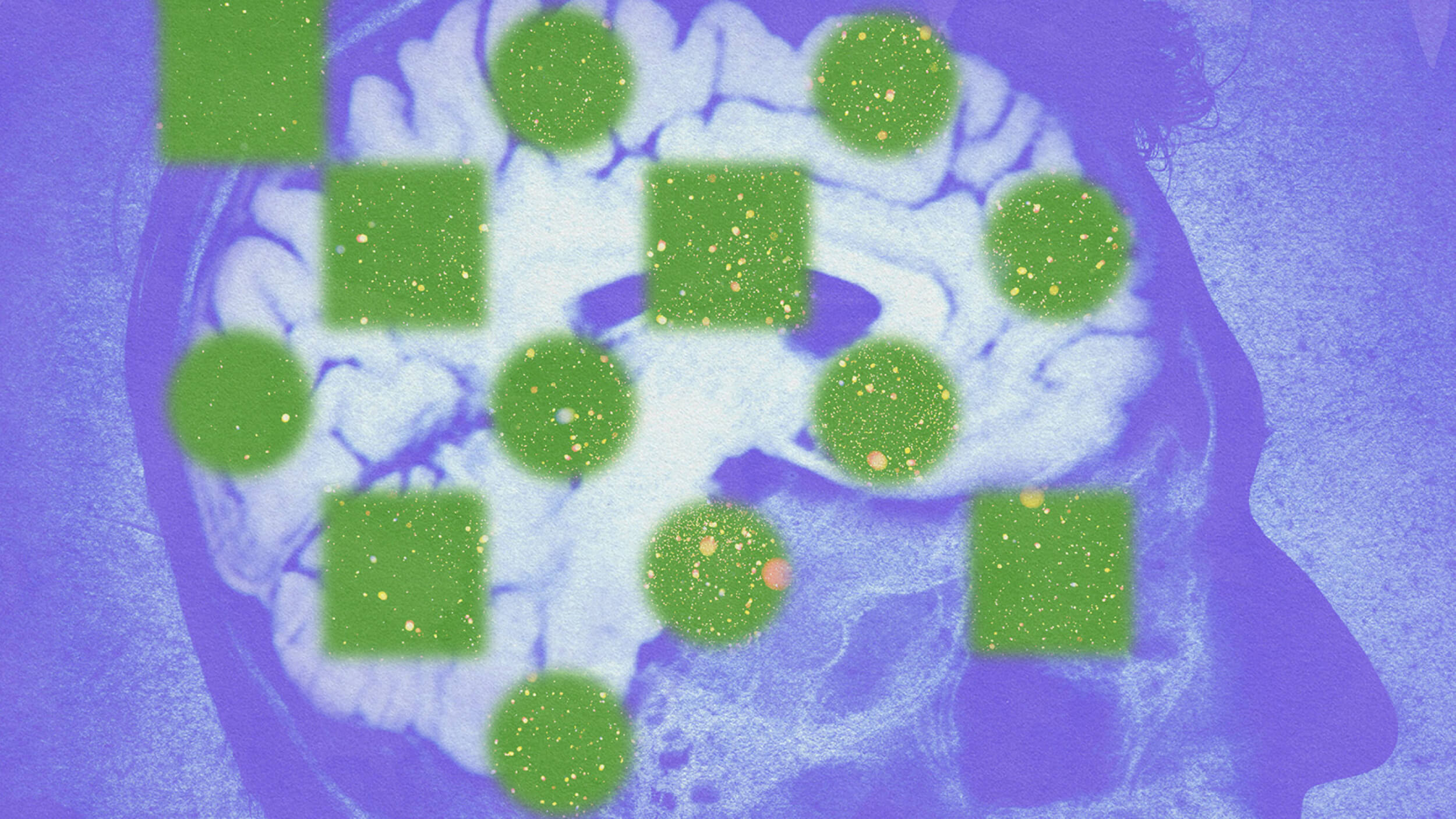Why is the risk of autism higher in boys than girls? Why do older parents tend to have more autistic children? New genetic research attempts to answer some of the major questions surrounding the disorder.
Question: What is the “unified theory of rnautism” that you’verndeveloped?
rnrnMichael Wigler: The unified theory of autismrn attempts tornreconcile several observations. rnThe first observation is that having siblings with autism is morern common thanrnone would expect if each incidence of autism was random. rn So, if a child is born has autism, arnbrother is born, the chances that that brother has autism are much rnhigher thanrna male born to another family.
rnrnAnd twins, identical twins have an extremely highrnconcordance. Something likern90%. There is no other cognitiverndisorder whose concordance among identical twins is as high.
rnrnSo, those two facts tell you that there is a rngeneticrncomponent to autism. However,rnthere are families that have autistic children and there are large rnfamilies andrnonly one child will have autism. rnSo, the genetics would look to be complicated. There’srn an inherited component because siblings have a higherrnrate of concurrence, but there might also be a sporadic component. So, the issue is how to reconcilernthat.
rnrnI think that prior to our serious involvement in rnthernfield, people assumed there was what was called this complex inheritedrnmodel. That there are many genesrnthat may be in the wrong state in the parents that come into some rncombinationrnin the child, so the children of these parents have a higher chance of rnhavingrnautism. But it’s not a classicalrnMendelian pattern where half of your kids have it, or a quarter of your rnkids havernit. Half will have it if it’s arndominant, a quarter if it’s recessive. rnThe pattern seems more complicated than that.
rnrnWhat we did was come in and say, well, you know, itrn could berna combination of both. In somernfamilies, it is perhaps simple Mendelian and in other families it’s rnspontaneous. And if you assume that there are arnlarge number of genes that can give you autism, then you could have a rnveryrnlarge proportion of autism being generated by spontaneous mutation. But if the mutations don’t all haverncomplete, what’s called complete penetrance, that is, you can pass on rnthernmutation and the child can carry it and not show the disorder, then his rnor herrnchildren could then be at risk in a Mendelian way of inheriting that rngene.
rnrnSo combining these two ideas that the sibling risksrn isrnreally a combination of simple Mendelian in some families with other rnfamiliesrnbeing spontaneous mutation unifies these two observations and does so inrn arncoherent model. So, the coherentrnmodel is that humans are mutating, the rate of new mutation giving rise rntornautism is perhaps on the order of 1 in 200 kids, and something like halfrn ofrnthose kids actually don’t come down with a diagnosis, they mature, they rngetrnmarried, they have children and those children are then at risk from thern carriers.
rnrnNow, one of the very important clues that is rncompatible withrnthis model is that the risk of autism is much higher in boys than inrngirls. If the model, almost anyrnmodel would predict that whatever genetic abnormalities exist in the rnboy,rnthose abnormalities will exist in the girl. So rngirls have something that makes them resistant. Sorn girls, in fact, could be naturalrncarriers of genes that in the boy would give the boy autism. And that girl might grow up and be arnhealthy and desirable mate and have children and her children, rnparticularly herrnmale offspring might be at high risk because they might inherit the genern thatrnshe safely carries. That’s thernessence of unified theory. It doesrnnot explain why autism, why boys are at higher risk than girls. But it does suggest that you can haverntwo forms of genetic involvement; an inherited involvement from a rncarrierrnparent and also those rare mutations that destroy a gene in the germ rnline.
rnrnNow, I should say, and I really have to mention rnthis, thatrnin the model we’re not saying that only women are carriers. In fact, there’s well-known examplernthat’s been in the news of a male sperm donor who had something on the rnorder ofrn20 male offspring and half of them had autism. So,rn that’s clearly a case where the sperm donor, who I guessrnwas judged to be normal, probably maybe even brilliant or even genius, rnwas arncarrier of a simple dominantly inherited Mendelian trait.
rnrnQuestion: Why do older parents tend to rnhave more autisticrnchildren?
rnrnMichael Wigler: rnThe incidence of autism goes up with the age of the parent, and rnthat’srnentirely consistent with the new mutation idea. Becausern it’s already well established in males that thernnumber of point mutations found in the male’s offspring go up with the rnage ofrnthe father. And there’s also arncorrelation with the age of the mother. rnSo, there may be a mild increase in the rate of autism in those rnculturesrnwhere having children is differed and delayed. Thern magnitude of that effect is not going to explain thernoverwhelming explosion in the number of diagnoses, but there may be a rnmild increase in thernrate of autism due to that. And the agerndependence on the parents is consistent with the new mutation rnhypothesis.
Recorded April 12, 2010





